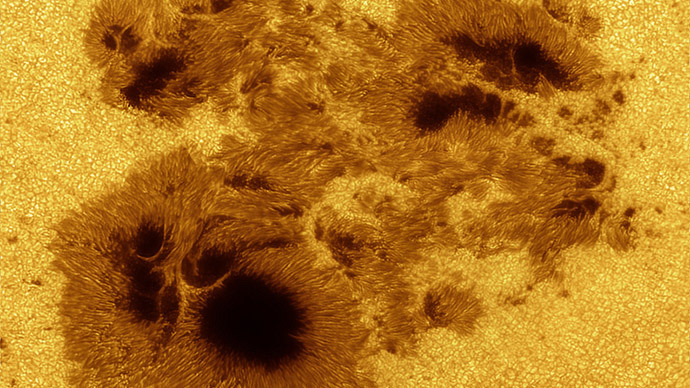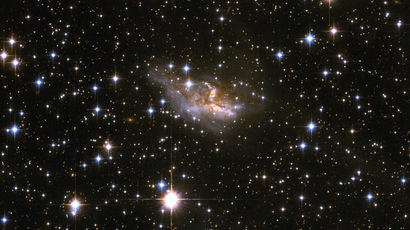Largest sunspot since 1990 blasts space with flares (VIDEO)

The Earth’s biggest sunspot in over two decades has unleashed a barrage of solar flares, including five in the strongest, X-class, over a period of eight days, a NASA video shows.
The sunspot, called Active Region 12192, the size of the planet Jupiter, was caught on camera producing flares between October 19 and October 27, when the phenomenon was visible from Earth. It’s one of the biggest sunspots of all time, ranking 33rd out of almost 33,000, Space.com reports.
In addition to being biggest since 1990, AR 12192 is also interesting because it didn’t produce any coronal mass ejections – outbursts of hot plasma associated with solar flares, which are releases of energy.
"What's really curious about it is that it's produced so many flares of pretty good size, but little or no coronal mass ejections," NASA scientist Alex Young told Space.com. "It's not that it's never happened before, but it tends to be the case that when you have a big flare, you generally get a big CME."
Large structures like this one are relatively stable, so AR 12192 may well survive the two more weeks that it will take for rotation to make it observable again, the scientist added.














